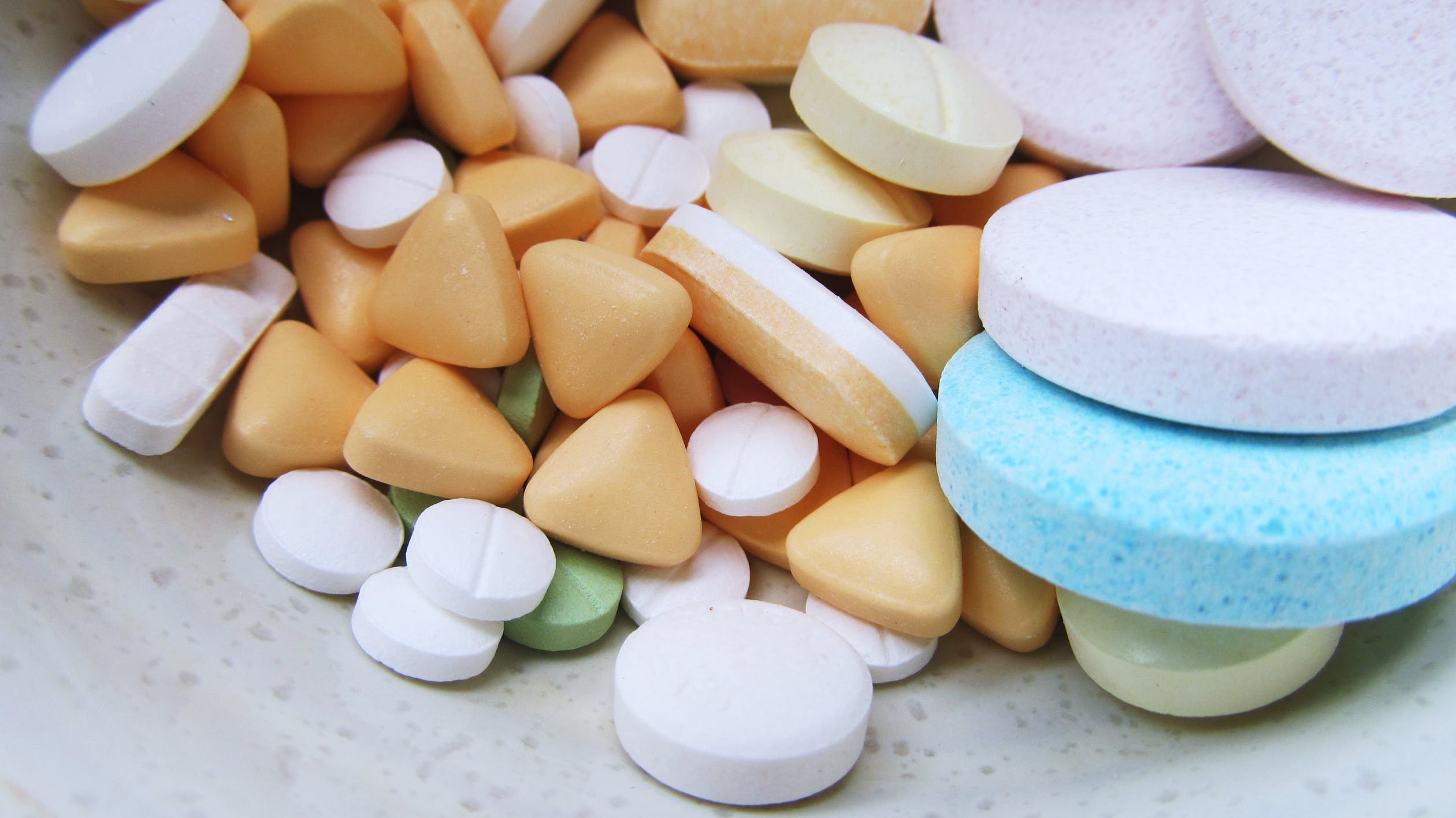Difference Between Anticoagulants and Antiplatelets
Anticoagulants are medicines that impact clotting factors. Antiplatelets are medicines that impact the platelets of the blood.
What is Anticoagulants?
Definition:
An anticoagulant is a medication that decreases the clotting ability of the blood by impacting the factors in the blood that are involved in the coagulation process.

Mode of action:
Anticoagulant medicines work by inhibiting the action of clotting factors that are found in the bloodstream. These factors are important in activating the process of coagulation. Heparin stops the action of thrombin by binding to and activating antithrombin which is naturally present in the blood. The thrombin is the enzyme that converts the protein fibrinogen into fibrin when a clot is being formed. Dicoumarin works by adversely affecting vitamin K which is important in the clotting process.
Uses:
The anticoagulants are used to help stop blood clots from forming in the body. Therefore these medications are used to treat medical conditions like a deep-vein thrombosis (DVT). The problem with DVT is that it can lead to a clot breaking off and traveling to the lungs, which can often lead to death. People with clots that have been found to form in the coronary arteries of the heart can also benefit from an anticoagulant medication. These coronary artery clots are likely to lead to a heart attack and death. Patients with atrial fibrillation are also at increased risk of blood clots and also are often prescribed anticoagulants.
Side effects:
Side effects from anticoagulants include causing too high of a blood potassium level, and sometimes thrombocytopenia. The thrombocytopenia is when there are too few blood platelets present, which happens because sometimes the heparin causes the person’s immune system to attack them. Excess bleeding is also a possibility when these medicines are given, particularly with heparin. Warfarin is a medicine that has the side effect of bleeding and bruising, and it can cause gastrointestinal upset.
Examples:
Dicoumarin is an example of an anticoagulant along with heparin. The heparin has a much faster effect than the dicoumarin which takes time to work, and heparin has to be given intravenously. Warfarin is an example of an anticoagulant that can be taken orally by patients. Other examples of anticoagulants include ivaroxaban and dabigatran.

What is Antiplatelets?
Definition:
An antiplatelet is a medication that stops the platelets from sticking together to form a clot. The platelets are the cells that work along with fibrous proteins present in the blood to produce a clot.
Mode of action:
The way the antiplatelet works differs depending on which medication it is. For instance, dipyridamole is a medicine that increases the concentration of cyclic adenosine monophosphate (cAMP). This molecule, cAMP impacts the signaling pathways that are necessary for the platelets to aggregate together. Medications such as abciximab work in a different way. It actually binds to receptor proteins on the cell membrane of the platelet which stops the platelets from sticking together. This works because the medicine takes the place of other molecules which are supposed to bind to the receptor to activate the platelets to aggregate.
Uses:
Antiplatelet drugs are sometimes given to patients who are having a heart attack because it is believed that these medicines can help to decrease myocardial damage to the heart. These medications are often prescribed for people who have had a history of ischemic strokes, coronary artery disease, heart attack or peripheral artery problems. They can also be prescribed for people who have had heart valve surgery, bypass surgery, or stents placed in arteries.
Side effects:
Side effects of antiplatelet medicines can include bruising, excessive bleeding (including from the digestive system), gastrointestinal upset, dizziness and sometimes a rash.
Examples:
Examples of antiplatelet medications include tirofiban, eptifibatide, dipyridamole, and abciximab.
Difference Between Anticoagulants and Antiplatelets?
Definition
Anticoagulants are medications that interfere with clotting factors to stop the clotting process. Antiplatelets are medications that interfere and stop platelets from sticking together to form clots.
What is targeted
Anticoagulants target the specific clotting factors in the bloodstream. Antiplatelets target the platelets of the blood.
Mode of action
An anticoagulant may bind to antithrombin to stop thrombin from working, or interfere with vitamin K. An antiplatelet may bind to platelets affecting them, or increase cAMP which is involved in signaling of the clotting process.
Uses
Anticoagulant medicine is used for people who have had blood clots before or are at high risk. For instance, it is used for patients who have had a deep-vein thrombosis, or coronary artery thrombus. It is also given to patients who have atrial fibrillation since they have a high risk of clots. Antiplatelet medication is given to patients who have a history of ischemic strokes, or coronary artery blockages. The medicine is also used for people who have heart valve surgery, bypass surgery, or stents placed in their arteries. It is also good to use for people who are having a heart attack.
Side effects
The side effects of anticoagulants include high potassium levels, hemorrhage, and thrombocytopenia. The side effects of antiplatelets include hemorrhage, gastrointestinal upset, and dizziness.
Examples
Examples of anticoagulants include dicoumarin, heparin, ivaroxaban, and dabigatran. Examples of antiplatelets include tirofiban, eptifibatide, dipyridamole, and abciximab.
Table comparing Anticoagulants and Antiplatelets

Summary of Anticoagulants Vs. Antiplatelets
- Anticoagulants and antiplatelets both help to treat people who have problems with blood clots.
- Anticoagulants help decrease clots from forming by affecting the clotting factors of the blood.
- Antiplatelets work by stopping the platelets from sticking together to form a clot.
- Difference Between Rumination and Regurgitation - June 13, 2024
- Difference Between Pyelectasis and Hydronephrosis - June 4, 2024
- Difference Between Cellulitis and Erysipelas - June 1, 2024
Search DifferenceBetween.net :
Leave a Response
References :
[0]Feijge, Marion AH, et al. "Control of platelet activation by cyclic AMP turnover and cyclic nucleotide phosphodiesterase type-3." Biochemical pharmacology 67.8 (2004): 1559-1567.
[1]Image credit: https://www.pexels.com/photo/white-blue-and-purple-multi-shape-medicine-pills-208541/
[2]Image credit: https://www.maxpixel.net/About-Health-Pharmacy-Medicine-Medical-3887442
